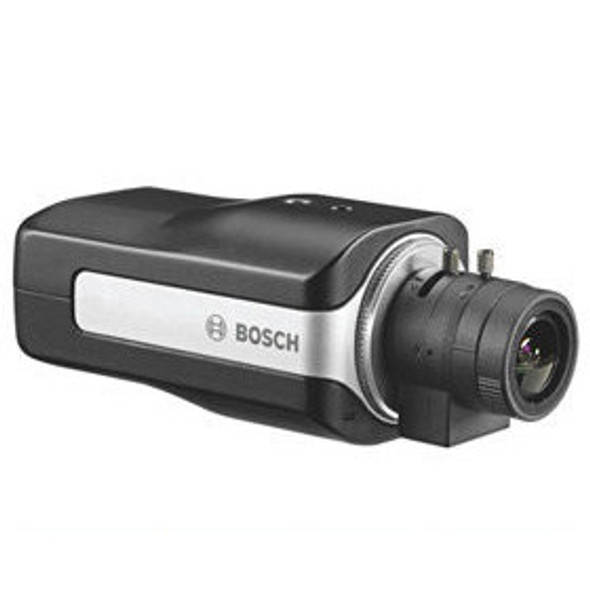Indoor Security Cameras
Indoor security cameras are devices designed to monitor and record activity inside a building, such as a home, office, or business. They serve various purposes, including surveillance, deterrence, and providing evidence in case of incidents.
Indoor Camera Brands
Indoor security cameras are devices designed to monitor and record activity inside a building or specific room. They are commonly used for home security, monitoring pets, keeping an eye on children, or overseeing the interior of a business.
Key features of Indoor Security Cameras
- Resolution: Higher resolution cameras provide clearer images. Look for cameras with at least 1080p resolution for decent quality.
- Field of View: The more area the camera can cover. A wide-angle lens is beneficial for monitoring large rooms or multiple areas.
- Motion Detection: Cameras with motion detection capabilities can alert you when movement is detected. Some cameras can even differentiate between regular movement (like a pet) and suspicious activity.
- Night Vision: If you need to monitor your space during the night, choose a camera with infrared LEDs or other night vision technology for clear images in low-light conditions.
- Two-Way Audio: This feature allows you to communicate through the camera. This can be useful for talking to family members, pets, or even to scare off intruders.
- Power Source: Consider whether the camera is powered by batteries, needs to be plugged into an electrical outlet, or uses PoE.
- Cloud Storage or Local Storage: Consider whether you want footage to be stored locally on a microSD card or on a cloud server. Cloud storage often requires a subscription, but it provides easy access to footage from anywhere.
- Smart Home Integration: Check if the camera is compatible with your smart home ecosystem (e.g., Alexa, Google Assistant, or Apple HomeKit). Integration can allow you to control the camera through voice commands or incorporate it into automation routines.
- Remote Viewing: Ensure that the camera supports remote viewing through a mobile app or web browser. This is important for checking in on your property when you're away.
- Privacy Features: Look for cameras with privacy features, such as the ability to turn off recording or physically cover the lens when not in use, to address privacy concerns.
What is Indoor Security Camera?
An indoor security camera is a surveillance device designed for monitoring and recording activities within enclosed spaces, such as homes or businesses. Equipped with features like high resolution, motion detection, night vision, and two-way audio, these cameras provide real-time footage and can be accessed remotely through mobile apps or web interfaces. Commonly used for home security, childcare, or pet monitoring, indoor security cameras offer peace of mind by enhancing situational awareness and allowing users to respond to potential threats or events. Privacy features, smart home integration, and storage options, whether local or in the cloud, are key considerations when choosing an indoor security camera.
Who should buy Indoor Security Cameras?
Indoor security cameras are ideal for:
- Homeowners: Monitor and secure your home, keep an eye on children, pets, or general activity.
- Renters: Enhance the security of rented spaces without extensive installations.
- Parents: Ensure the safety of children and track their activities remotely.
- Pet Owners: Keep tabs on pets, their behavior, and well-being when you're away.
- Business Owners: Safeguard offices, storefronts, and valuable assets with continuous surveillance.
- Remote Workers: Maintain visual oversight of home offices or workspaces while away.
- Individuals with Valuables: Protect valuable items and possessions within your residence.
- Anyone Concerned About Security: Deter potential intruders and enhance overall peace of mind.
What are the benefits of Indoor Security Camera?
- Deterrence: Visible cameras act as a deterrent, discouraging potential intruders or unauthorized individuals.
- Monitoring: Allows real-time monitoring of indoor spaces, enhancing awareness and promoting a sense of security.
- Evidence: Captures footage that can serve as valuable evidence in the event of a security incident or break-in.
- Remote Access: Enables remote access via mobile apps or web browsers, providing homeowners or business owners peace of mind when away.
- Child and Pet Monitoring: Ideal for keeping an eye on children, pets, or elderly family members, ensuring their safety and well-being.
- Alerts: Motion detection and alerts notify users of suspicious activity, enhancing proactive security measures.
- Integration: Integration with smart home systems for seamless automation and control, adding convenience to security measures.
What are the differences between Indoor and Outdoor Security Camera?
Indoor and outdoor security cameras are designed with distinct features to suit their respective environments.
- Weather Resistance:
- Indoor: Typically not weatherproof, designed for sheltered environments.
- Outdoor: Built to withstand varying weather conditions, resistant to elements like rain and snow.
- Construction:
- Indoor: Often lighter, may prioritize aesthetics.
- Outdoor: Robust build, often with protective housings to endure outdoor conditions.
- Night Vision:
- Indoor: Relies on ambient indoor light.
- Outdoor: Equipped with infrared or other night vision technologies for clear footage in low-light outdoor conditions.
- Temperature Tolerance:
- Indoor: Operates in standard room temperatures.
- Outdoor: Designed to function across a wider temperature range.
- Vandal Resistance:
-
- Indoor: Generally not built to resist vandalism.
- Outdoor: Often designed to be tamper-resistant and withstand potential vandalism attempts.
-
Discontinued

Bosch NBN-50022-C 2MP Indoor Box IP Security Camera
Brand: Bosch
Part Number: NBN-50022-C- Max. FPS and Resolution : 30fps at 1080P
- Lens Type : Varifocal (Manual Zoom) Lens
- Lens Size : 3.3~12mm Lens
- Sensor Type : CMOS
- Sensor Size : 1/2.7" Sensor
- Color : Black
- Environmental : Indoor
- Audio Support : Built-in Microphone
